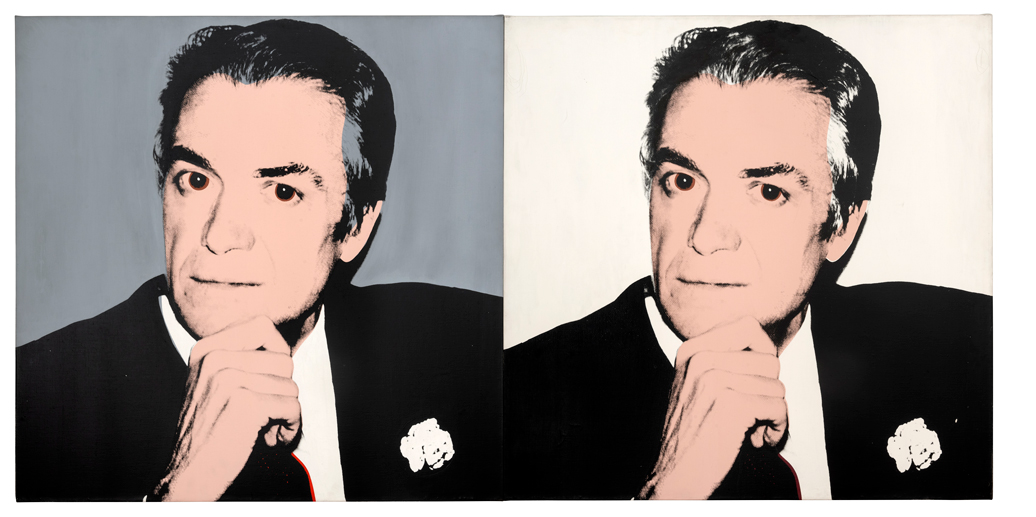News
Vila Casas Foundation: art, social commitment and internationalization for 2025
A key player in the democratization and promotion of contemporary art.

The Vila Casas Foundation opens the door to 2025 with an exhibition program that continues to celebrate contemporary art, turning it into a tool for critical and social reflection. This new season will connect established and emerging artists with a plural discourse, delving into issues that define our time.
This year's exhibition proposal unfolds around four major thematic axes: social criticism; the role of women and sexual and reproductive health; existentialist explorations; and the link with the territory.
In the field of social criticism, Lluís Hortalà , Toni Giró and Ramon Calsina explore the challenges and contradictions of contemporary society. At Espais Volart , Hortalà examines the weaknesses of the system, while Giró and Calsina will generate an intergenerational dialogue, both reflecting on precariousness, inequalities and the systemic crisis.
The second thematic axis delves into sexual and reproductive health and the role of women through the voices of Marga Ximenez and Laia Abril . In Can Mario , Ximenez uses textile art to denounce inequalities and claim women's rights. At the same time, at Palau Solterra , Laia Abril resumes her acclaimed photographic series 'On Abortion' to make visible the pain and difficulties surrounding abortion processes.

Existentialism is the third axis, with two exhibitions at Can Framis that want to remember two forgotten figures: Sílvia Gubern and Carles Gabarró . Gubern, with a work loaded with symbolism and mystical philosophy, explores the roots of his artistic practice in an introspective show. Gabarró, on the other hand, addresses universal issues such as life, death, love and loneliness, with a raw and poetic vision of human existence.
The link with the territory closes this thematic tour, through the eyes of Salvi Danés , exhibited at Palau Solterra . Danés captures the Empordà landscape with his camera, in a work that celebrates the territory as a source of inspiration and identity.

The Vanishing Points program becomes the central axis of the internationalization strategy. With this project, we seek to take Catalan art beyond geographical boundaries, establishing collaborations with both national and international cultural institutions. For 2025, this bet is strengthened thanks to the support of Indosuez Wealth Management, with whom an agreement has been signed to promote exhibitions in cities such as Paris, Shanghai, Beijing, Madrid and Segovia. This initiative not only increases the visibility of Catalan artists, but also consolidates the commitment to the promotion of contemporary art beyond the Catalan territory. At the same time, it has opted for the Una nova porta a l'art project, which aims to bring contemporary art to a wider and more diverse audience, removing barriers and offering experiences that combine various disciplines. Monthly conferences will connect art with areas such as gastronomy, cinema and technology, creating new forms of interaction with creativity.
Young people between 20 and 35 years old are also a priority in this new stage. Through exclusive activities, reduced prices and meeting spaces, the aim is to establish a younger community that finds in art a point of interaction and reflection.

2025 will also be the year of the Vila Casas Foundation's first participation in ARCO Madrid , one of the main contemporary art fairs in Spain, where Catalan creators will be given visibility and the ARCO Antoni Vila Award will be presented Casas , a recognition that will culminate in an exhibition at the Can Framis Museum.
Collecting also occupies a prominent place in the program. The series of conferences The art of collecting, planned for 2025 in Barcelona and Madrid, will examine this practice from a transversal perspective. This project will culminate in 2026 with monographic exhibitions that will be scheduled alongside new acquisitions and works by the award-winning artist at ARCO, thus reaffirming the foundation's role in the preservation and dissemination of contemporary art.

Art as an educational and therapeutic tool constitutes another of the fundamental pillars. The restructuring of the spaces in Can Framis and Palau Solterra will make it possible to enhance the educational offer and integrate contemporary art as a transversal tool to encourage creativity, dialogue, reflection and critical thinking. The aim is to accompany both students and teachers and complement the school curriculum.
In the field of health, the commitment to health is strengthened from a perspective that combines art, well-being and community support. This bet takes shape in three main lines of action: promoting personal well-being through art, establishing collaborations with health improvement projects, such as the Vilavecchia Foundation, Sant Joan de Déu Hospital and PID Foundation , and to encourage dialogue and joint reflection between healthcare workers, the media and the public through the Quiral Project, with topics such as artificial intelligence in the medical field as a starting point.










